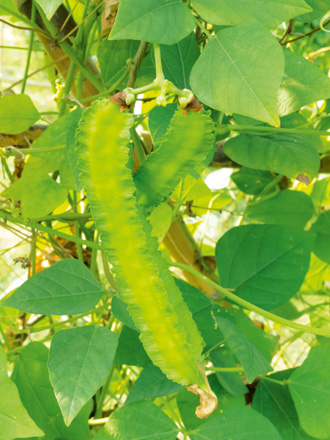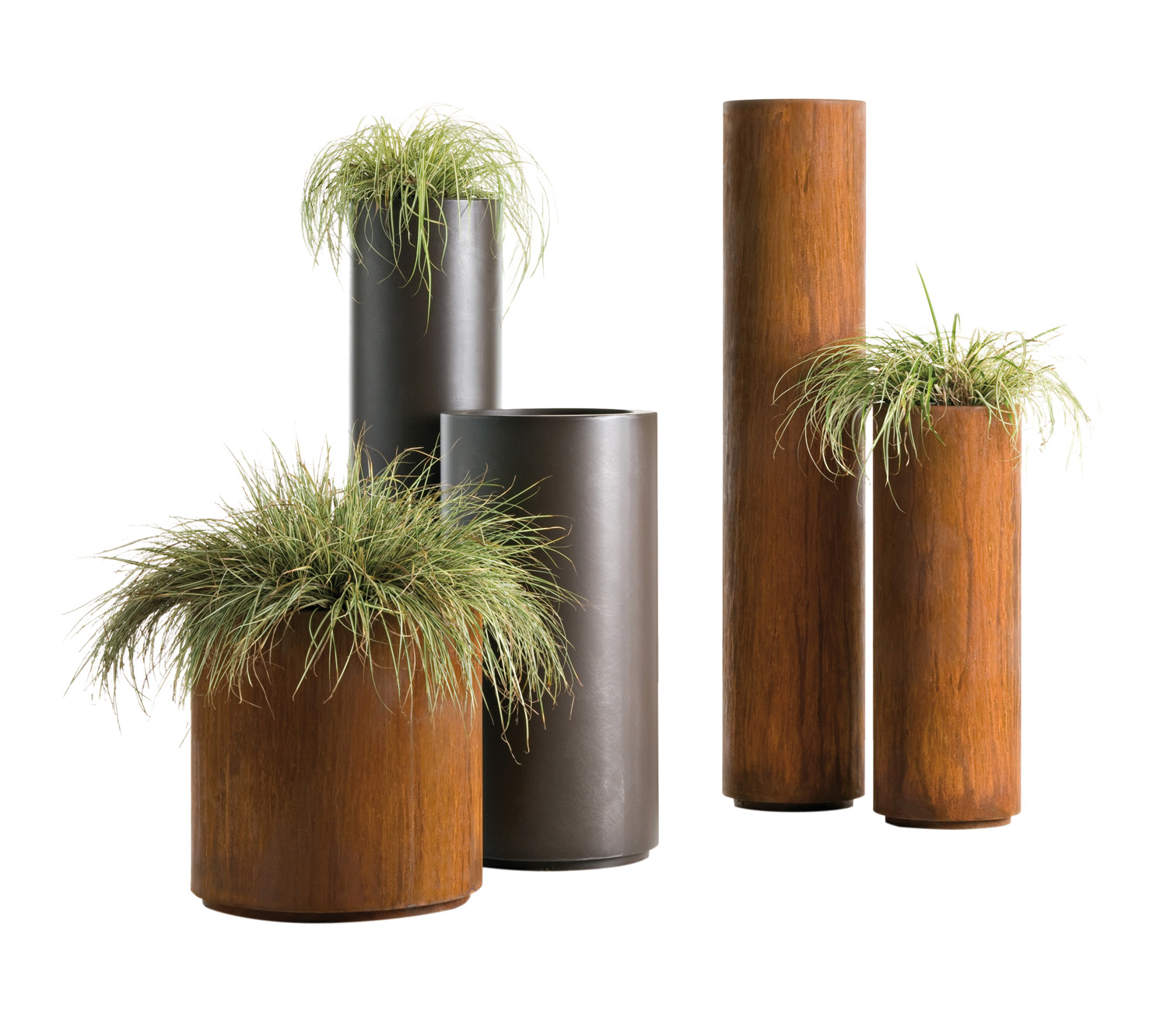It may be late spring on the calendar, but summer is looming as days warm and everything grows – and November is the perfect time to get out the hoses.
Cool & temperate:
Vegies
Homegrown herb pots are welcome gifts so get planting now to have them well grown by mid-December. Use quirky containers such as old tins, colanders or baskets. Divide existing herb clumps such as thyme, oregano and mint or buy punnets of chives, basil and parsley. To plant, make holes in the base of tins or line baskets with plastic punched with drainage holes. Use good organic potting mix. Liquid-feed regularly and tip prune for a bushy, well-filled container.
Warm-season vegetables are growing strongly, too. If you’ve been holding off planting cold-sensitive crops like tomatoes, now is the time to plant out seedlings, but in warmer zones where tomatoes were planted in early spring, plants may already be flowering and forming fruit. Also plant corn, cucumber, pumpkin, squash and zucchini. Corn is sown in blocks as it is wind pollinated so needs to be grown close together for pollen to reach the female parts. As the weather warms, keep all productive plants well watered. Liquid-feed leafy crops every 7–10 days to keep them productive.
Fruit
If you’ve always thought youdidn’t have room for a fruit tree, check the compact dwarf trees. The range includes avocado, lemon, apple and pear as well as peach and nectarine. Many only grow 1–2m in height and spread. Multigrafts where one rootstock carries two or more varieties of fruit mean only one plant is needed for fruit production.
Where there’s only room for a container plant, select a blueberry. Many are available now. Choose a large container (at least 30–40cm across) and use good-quality potting mix for acid-loving plants.
Passionfruit vines are flowering but fruit can be slow to develop early in the season. Hand-pollinating encourages fruit. Regularly fertilise to keep them growing strongly. Use pelletised chook manure, compost or other organic fertiliser applied over the extensive root system. Water well.
Prune trees that have already fruited, like mulberry and loquat. Also prune ornamental fruit trees to remove any small fruits.
Compost & Soil
Weeds are growing, but don’t waste them. Leafy green weeds pulled from the soil can be added to the compost heap along with spent crops such as peas from spring. Intersperse them with dry materials such as dry leaves. To avoid spreading weed seeds or persistent weeds such as tradescantia, soak seed-bearing weeds or persistent weeds in a bucket of water for at least a week before adding them to the garden or compost. The resulting liquid can be used as a liquid feed while the decomposing vegetation should no longer be able to regrow and will break down quickly in the compost heap.
Top up mulch and compost around citrus and other fruit trees to deter weeds, conserve moisture and act as a slow feed. However, in bushfire-prone areas, in the lead-up to summer, replace organic mulch with pebbles or gravel, or plant living mulches such as succulents or sterile agapanthus varieties, which can reduce the impact of fires. Closely mown green lawn is also a good firebreak.
Tropical:
Vegies
Many productive plants that have been growing well through the drier, cooler months can be susceptible to rot and leaf fungal diseases as the humidity increases. To improve drainage and reduce disease, plant leafy greens and herbs in raised beds, troughs or other containers. Use a free-draining potting mix and elevate the container to improve drainage. Keep herbs disease-free by growing them in containers that can be moved into an airy but sheltered spot to protect them from downpours.
Despite these precautions, watch for powdery mildew, which is a fungal disease that affects many plants with a white powdery coating. Discard badly affected plants.
Plant starch crops, including sweet potato, yam and taro, along with snake and winged beans that grow well during warm, wet and humid times.
Fruit
Watch out for aphids and caterpillars and, of course, hungry grasshoppers that can strip fruit trees and are attracted by the abundance of lush new growth. Many of these pests can be squashed. Grasshoppers are easiest to catch in the cool of the morning, so make this a time to be out inspecting the garden searching for damaging insects. Prune mulberry, guava and mango after fruiting and fertilise pawpaw, citrus and avocado. Use a fertiliser formulated for fruiting plants such as citrus food, along with homemade compost to feed actively growing fruiting plants.
Plant rosella seeds now for a quick fruit crop. The plants are attractive, producing small hibiscus-like flowers and the fruit that forms after flowering can be made into a delicious jam.
Compost & Soil
Remove weeds but cover any bare earth that’s revealed after weeding with organic mulch to deter regrowth and to protect the soil from the combined effects of heat and heavy rains. Seed-free leafy weeds can be returned to the soil surface as instant mulch.
Tropical gardens need lots of nutrients to feed the strong growth and balance nutrient loss through leaching. Use mulches of compost and well-rotted animal manure in addition to slow-release pelletised fertilisers. Use up compost from existing heaps by digging it into soil or spreading it as mulch. Using up existing compost in the garden makes room for more material as summer growth matures and pruning becomes necessary. Chop up prunings to add to mulch or compost piles so they break down more readily and take up less volume.
Written by Jennifer Stackhouse
Originally in Good Organic Gardening Volume 8 Issue 4


















